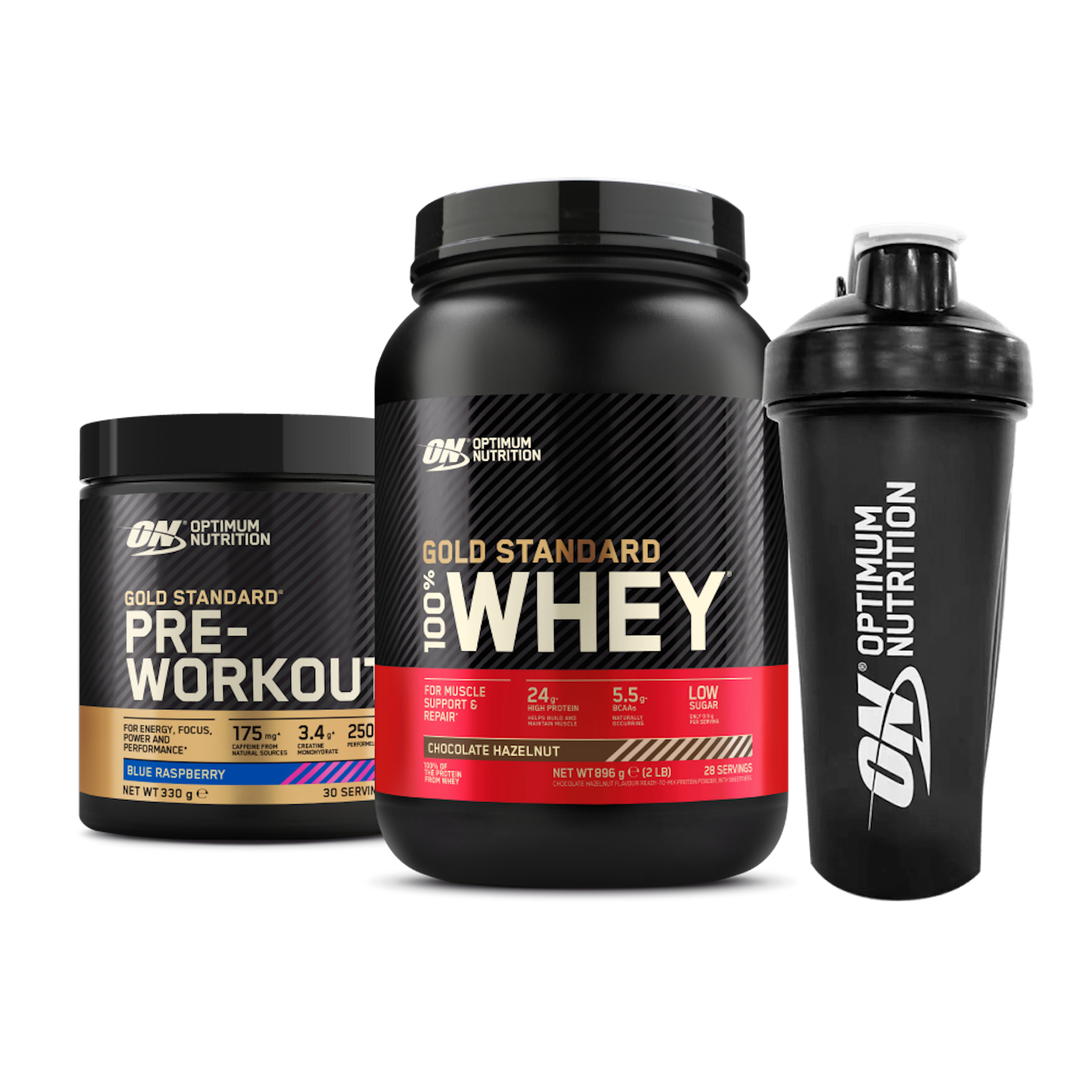The Bent-Over Barbell row is a cornerstone exercise for building a strong and muscular back. It’s a compound movement that engages multiple muscle groups, making it a highly effective tool for sculpting a V-shaped physique. However, mastering this exercise requires proper technique to maximize its benefits and avoid injury.
The bent-over barbell row is a legendary exercise, rightfully earning its place in the pantheon of compound movements. It’s a true kingmaker, sculpting a powerful back, improving posture, and boosting overall athleticism. But mastering this exercise requires proper technique, programming, and understanding of its unique benefits and challenges. So, let’s dive into the world of bent-over barbell rows and unlock their full potential.
The bent-over barbell row is a foundational exercise for building a strong and muscular back. It’s a compound movement that engages multiple muscle groups simultaneously, making it highly effective for overall back development.
Anatomy of the Back and the Bent-Over Row
To understand how the bent-over barbell row works, let’s take a look at the key muscles involved:
- Latissimus Dorsi (Lats): These large muscles on the sides of your back are the primary movers in the rowing motion. They pull your elbows towards your torso, causing the barbell to rise.
- Trapezius: Located on the upper back and neck, the traps assist the lats in pulling and also help stabilize your shoulder blades.
- Rhomboids: These smaller muscles lie between your shoulder blades and help retract them, pulling them together during the row.
- Erector Spinae: These muscles run along your spine and are responsible for maintaining spinal stability and preventing rounding during the exercise.
Benefits of the Bent-Over Barbell Row
The bent-over barbell row offers a multitude of benefits, making it a staple exercise for many fitness enthusiasts:
- Increased Muscle Mass: The compound nature of the row stimulates significant muscle growth in your lats, traps, rhomboids, and erector spinae, leading to a thicker and more defined back.
- Improved Strength and Power: The row strengthens the muscles involved in pulling motions, which can translate to improved performance in other exercises and everyday activities.
- Enhanced Posture: A strong back helps maintain good posture, reducing pain and discomfort and improving overall alignment.
- Functional Movement: The rowing motion mimics real-life pulling movements like lifting groceries or carrying luggage, making it a practical exercise for everyday life.
Check Out Our List Of The Best Supplements For Building Muscle, Shredding Muscle, Recovery, And Great Health, and Wellness Products! Purchase IFBNewsfeed.Org‘s Apparels Here: IFBNewsfeed.Org
 Common Mistakes and How to Avoid Them:
Common Mistakes and How to Avoid Them:
- Rounding the Back: This is a major no-no! Keep your back straight throughout the movement to avoid injury and maximize muscle activation.
- Using Momentum: Don’t swing the weight. Focus on controlled movements powered by your back muscles, not momentum.
- Overarching the Back: Excessive arching can put strain on your lower back. Maintain a natural arch and engage your core for stability.
- Ego Lifting: Don’t go too heavy. Choose a weight that allows you to maintain proper form throughout the set.
Proper Form for the Bent-Over Barbell Row
To reap the full benefits of the bent-over barbell row and avoid injury, it’s crucial to prioritize proper form:
- Set Up: Stand with your feet shoulder-width apart and grip the barbell with an overhand or mixed grip (one hand overhand, one underhand). Keep your back straight, core engaged, and shoulders pulled down.
- Hinge: Bend at your hips and knees, lowering your torso until your back is almost parallel to the floor. Maintain a neutral spine and avoid rounding your shoulders.
- Row: Pull the barbell towards your chest, driving your elbows back and squeezing your lats. Focus on using your back muscles, not your biceps.
- Control: Lower the barbell back down to the starting position with control, resisting the weight with your back muscles.
- Repeat: Aim for 3 sets of 8-12 repetitions, maintaining proper form throughout each set.
Tips for Mastering the Bent-Over Barbell Row
Here are some additional tips to help you get the most out of your bent-over barbell rows:
- Start Light: Choose a weight that allows you to maintain proper form throughout all sets and repetitions. Gradually increase the weight as you get stronger.
- Focus on Your Back: Don’t rely on your biceps to pull the weight. Keep your elbows close to your body and drive them back to activate your lats.
- Control the Eccentric Phase: Lowering the weight is just as important as pulling it up. Resist the weight slowly and controlled to maximize muscle engagement.
- Brace Your Core: Engage your core to maintain stability and prevent your back from rounding.
- Don’t Rush: Take your time with each repetition and focus on quality over quantity.
- Listen to Your Body: Stop if you feel any pain or discomfort.

 Variations of the Bent-Over Barbell Row
Variations of the Bent-Over Barbell Row
To add variety to your workouts and target different muscles, you can try these variations of the bent-over barbell row:
- Dumbbell Bent-Over Row: This variation allows for a more natural arm movement and can be helpful for those with shoulder limitations.
- Seated Cable Row: This machine-based exercise provides controlled resistance and can be a good option for beginners.
- Underhand Barbell Row: This variation emphasizes the biceps more than the overhand grip and can be used to add variety to your workouts.
Programming Bent-Over Barbell Rows:
- Frequency: Aim for 2-3 times per week, with at least 1 day of rest in between.
- Sets and Reps: Start with 3-4 sets of 8-12 repetitions. As you progress, you can increase the weight, sets, or reps.
- Variations: Consider incorporating different grip variations like close-grip rows or underhand rows to target different muscle groups.
- Warm-up: Always warm up your back and core with lighter weights or bodyweight exercises before diving into heavy rows.
Beyond the Barbell:
“While the barbell is a classic tool, remember that bent-over rows can be done with various equipment like dumbbells, kettlebells, or even bodyweight“. Choose the option that best fits your needs and equipment availability.
Safety First:
Listen to your body and stop if you experience any pain. Proper form is crucial, so don’t hesitate to seek guidance from a qualified trainer if needed. Remember, progress takes time, so be patient and consistent with your training.
The Verdict:
The bent-over barbell row is a timeless exercise deserving of its reputation. “By understanding its technique, benefits, and programming, you can unlock its potential to build a powerful back, improve posture, and enhance your overall fitness“. So, grab a barbell, embrace the challenge, and conquer the king of rows!
Bonus Tips of the Bent-Over Barbell Row:
- Visualize your back muscles working throughout the movement.
- Breathe in during the lowering phase and exhale during the rowing phase.
- Focus on squeezing your shoulder blades together at the top of the movement.
- Don’t neglect your hamstrings and glutes – they also play a role in stabilizing the movement.
 Wrapping Up
Wrapping Up
The bent-over barbell row is a versatile and effective exercise for building a strong and muscular back. By focusing on proper form, controlling the movement, and gradually increasing the weight, you can reap the benefits of this exercise and take your back training to the next level.
Remember, consistency is key to achieving your fitness goals. So, add the bent-over barbell row to your routine and watch your back muscles grow!
More About the Top Back exercises Guide Contents
- How “The Close Grip Lat Pulldown Exercise” Pumps Your Back And Your Biceps At The Same Movement
- The “10 Best Back Exercises” For Men To Build A Shredded V-Taper Back
- Build Strength In Your “Legs And Back” With This Great Exercise

- Hormone Replacement Therapy regimen For Men and women
- Hormone Blood Testing for Men (Bodybuilder Blood Testing)
For More News And Daily Updates, Follow IFBNewsfeed.Org on Facebook, Twitter, and Instagram. Comment, Like, And Share With Everyone Who May Need To Be Updated With The Most Recent Fitness/Bodybuilding/Powerlifting And CrossFit News.








